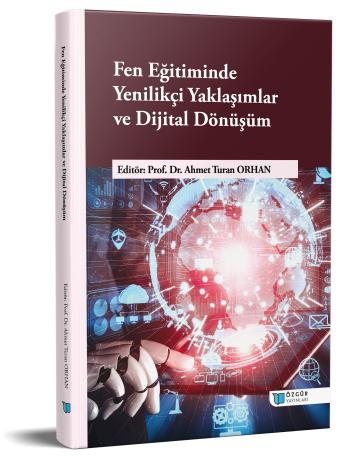
Out-of-School Learning in Science Teaching
Chapter from the book:
Orhan,
A.
T.
(ed.)
2025.
Innovative Approaches and Digital Transformation in Science Education.
Synopsis
From the moment they are born, individuals learn from their real-life environments, that is, from their environments. Learning occurs in the brain, and brain development is most rapid during early childhood and childhood. Given this, interaction with the environment plays a significant role in children's learning and development. In this context, defining learning and teaching environments solely as schools can limit individuals' learning and development. Learning is a process that begins at birth and can occur at any point throughout life. Therefore, learning and teaching environments should not be limited to the walls of schools. Parks, gardens, museums, and other settings where students can interact with their environment beyond school walls and learn by doing and experiencing should also be considered learning-teaching environments. In other words, out-of-school learning environments should also be included in the learning and teaching process.
Today, education and teaching activities are not limited to school walls; they have evolved into a lifelong process that utilizes the potential learning environments in our real world. In this process, learning environments are needed that facilitate the development of the targeted cognitive, affective, and motor skills through hands-on experience in an easy, enjoyable, and motivating way. Linking out-of-school environments to the learning outcomes of courses can contribute to meeting this need. Out-of-school environments allow students to interact individually with real-world entities and events, establish connections between real-world entities and events and what is being learned, and learn by doing and experiencing. Thus, out-of-school environments become engaging, motivating, effective learning environments that facilitate learning and meaningful learning-in other words, out-of-school learning environments. Planned and scheduled trips to out-of-school learning environments to develop learning outcomes can facilitate an effective teaching-learning process. Consequently, the curriculum for each course should be linked to out-of-school learning environments, and a bridge should be established between each discipline and out-of-school learning environments to ensure effective teaching. Because science subjects are directly related to real life and science should be learned through hands-on experience, out-of-school learning environments should also be included in science education.

